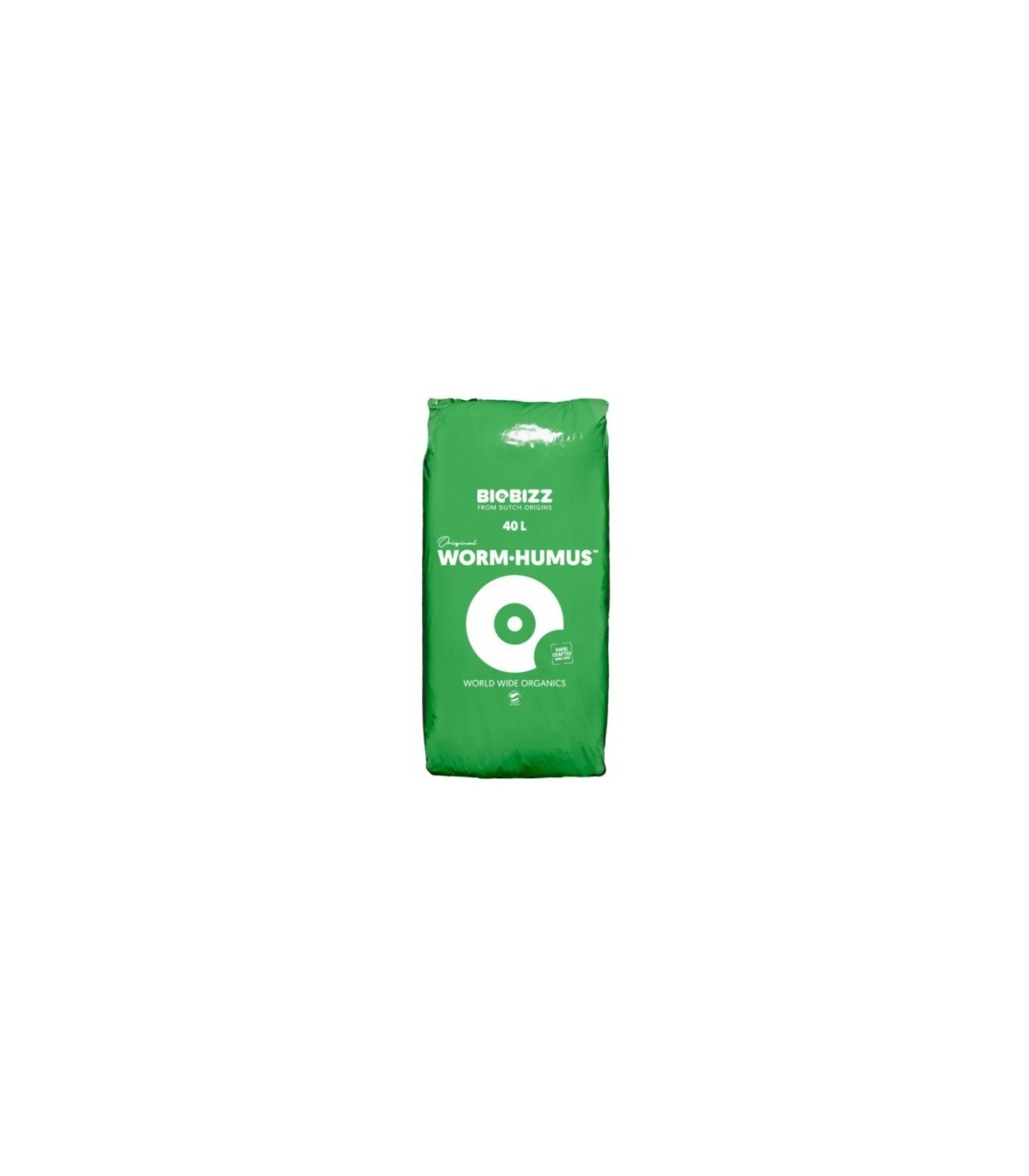Click for more products.
No products were found.
Choosing the right fertilizer can make the difference between a weak crop and a high-yield harvest. In indoor growing environments, where every condition is precisely controlled, using specific fertilizers is not optional, it’s essential.
In this article, we’ll walk you through the main types of fertilizers, their uses, benefits, and how to choose the best option based on your plants' development stage.
A fertilizer is a substance that provides the nutrients needed for plant development. In indoor grow systems, where natural soil is either absent or highly regulated, fertilizers replace or supplement the nutrients that would normally be found in the earth.
They also allow you to customize the nutrition plan for each crop, adapting it to different stages such as growth, flowering, or maturation. Among popular fertilizer brands are Atami, Grotek, and even Plagron—but which types are most commonly used in indoor cultivation?
Let’s take a look at the most important types of fertilizers for plants, based on their origin, composition, and method of application.
Organic fertilizers are derived from plant or animal matter. They release nutrients more slowly, but they improve substrate structure and stimulate microbial life, enhancing the health of the root zone.
- Worm castings
- Guano
- Compost
- Seaweed extracts
- Add organic matter to the medium
- Improve water retention
- Encourage balanced plant growth
Recommended use: Early stages of cultivation and long-term ecological maintenance.

Produced through chemical processes, these fertilizers offer a high concentration of fast-acting nutrients. They’re ideal when the crop needs an immediate response.
- Ammonium nitrate
- Monoammonium phosphate
- Potassium sulfate
- Visible results within a few days
- Precise dose control
- Easy to measure and apply
Recommended use: Accelerated development phases such as vegetative growth or early flowering.
These are diluted in water and applied through irrigation or foliar spray. Widely used in indoor setups due to their fast absorption and easy dosing.
Nearly immediate absorption
Ideal for hydroponic or coco-based systems
Compatible with automatic irrigation systems
Recommended use: When precise nutrient control is required, especially in soilless systems.
Although slower, they offer a longer-lasting effect. Some are designed for slow release, reducing the frequency of application.
- Long-term nutrient supply
- Lower risk of overfertilization
- Can be combined with liquid fertilizers
Recommended use: Organic substrate grows or when a consistent base nutrition is desired.
These fertilizers contain the three essential macronutrients: nitrogen (N), phosphorus (P), and potassium (K). Available in multiple formulas, each adapted to a specific growth stage.
- NPK 3-1-5: Ideal for vegetative growth
- NPK 1-4-6: Perfect for flowering
- Balanced formulas for each stage
- Easy selection based on labels
- Compatible with most growing media
Recommended use: In all growth phases, adjusting the formula as needed.
1. Rooting: Use root stimulators and low-nutrient doses
2. Growth: Nitrogen-rich fertilizers to encourage strong leaves and stems
3. Flowering: High phosphorus (P) and potassium (K) to boost flower and fruit production
Before purchasing any fertilizer, consider the following factors:
1- Substrate type: Coco, rockwool, soil, or hydroponic systems each require different formulations
2- Growth stage: Each stage requires a specific nutritional balance
3- Irrigation system compatibility: Liquid fertilizers are best for automated irrigation
4- Fertilizer type (organic or mineral): Choose according to your growing goals (productivity vs. sustainability)
In addition to base fertilizers, you can enhance your results with specialized additives that help:
- Stimulate flowering
- Improve nutrient uptake
- Strengthen plants against stress or imbalances
At GrowShop LowCost, you'll find targeted solutions for every growth phase, including complete kits and personalized guidance based on your setup.
Understanding the different types of fertilizers and knowing when and how to use them is essential for successful indoor growing. Not all products serve the same purpose, and choosing the right one at the right time is what separates an amateur grow from a professional setup.
Want to improve your results? Discover our full range of liquid and solid fertilizers, plus powerful additives for every stage of your indoor grow—and optimize your system with the most effective products on the market.
Please sign in first.
Sign in
Create a free account to save loved items.
Sign inCreate a free account to use wishlists.
Sign in